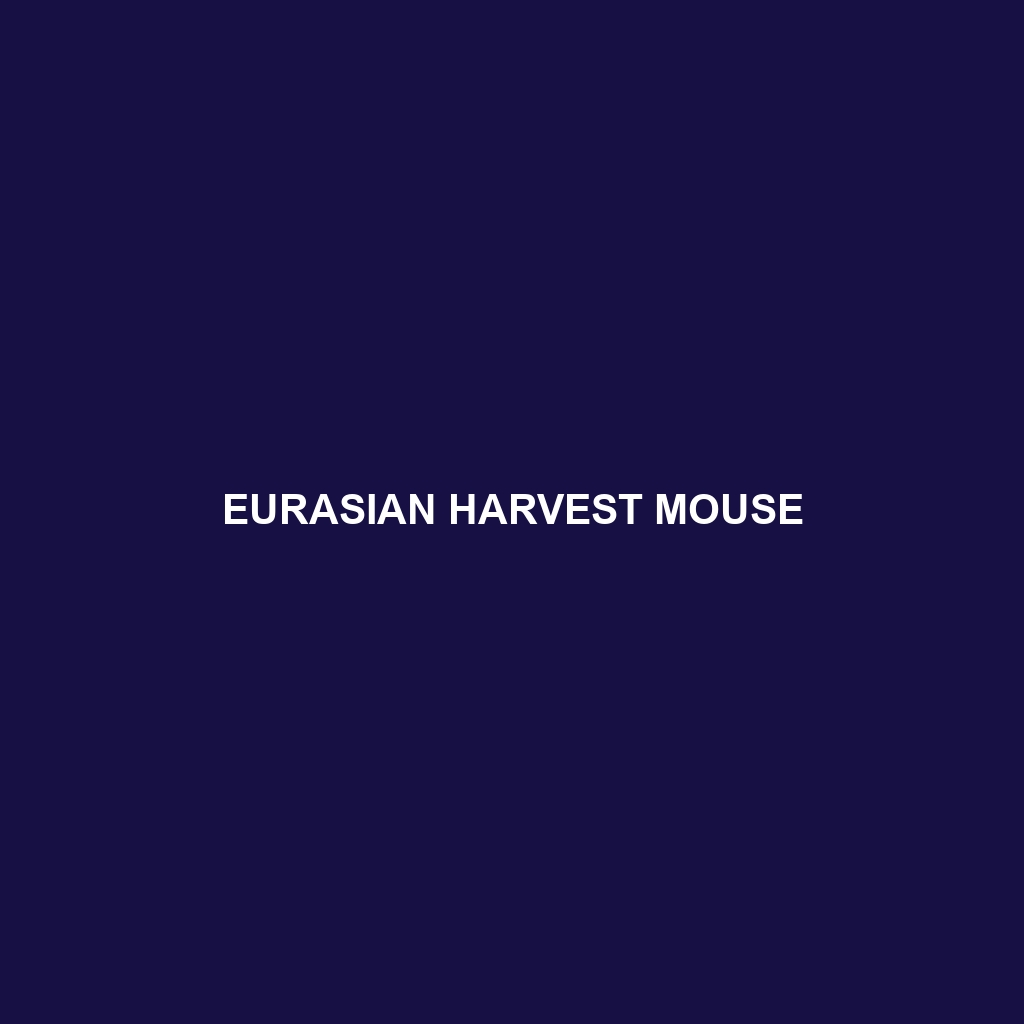Thor’s Hero Shrew: An Overview
Common Name: Thor’s Hero Shrew
Scientific Name: Scutisorex thori
Habitat
Thor’s Hero Shrew is primarily found in the moist forests of northeastern Democratic Republic of the Congo and western Uganda. These shrews prefer humid, subtropical environments, often inhabiting areas rich in leaf litter and dense vegetation, which provide both shelter and ample food sources.
Physical Characteristics
This remarkable species measures approximately 25cm (10 inches) in length, making it relatively large for its family. It has a distinctive elongated snout and a robust body covered in dense, dark fur. One of its most notable features is the unique structure of its vertebrae, which gives it remarkable strength and flexibility, allowing it to withstand pressure from predators. The shrew’s vibrant skin color ranges from deep brown to almost black, with lighter underbellies that help it blend into its natural habitat.
Behavior
Thor’s Hero Shrew is primarily nocturnal, often foraging for food under the cover of darkness. It is known for its solitary behavior, although it may sometimes be observed engaging in playful interactions with others of its kind. The shrew uses its acute sense of smell to detect prey and is capable of burrowing into the ground in search of insects and other food sources. Its resilience and ability to go unnoticed by predators make it a fascinating subject for behavioral studies.
Diet
Thor’s Hero Shrew is an insectivorous animal, primarily feeding on earthworms, insects, and small invertebrates. It employs a strategic foraging technique, often turning over leaves and debris to uncover hidden prey. The shrew’s diet plays a significant role in controlling insect populations in its ecosystem, highlighting its importance as a natural pest manager.
Reproduction
The reproductive habits of Thor’s Hero Shrew are not extensively documented; however, it is known to breed during the wet season, which typically ranges from March to May. After a gestation period of around 30 days, females give birth to a litter of 2 to 5 offspring. The young shrews are born blind and helpless, relying entirely on their mother for nourishment and protection during the early weeks of life.
Conservation Status
Currently, Thor’s Hero Shrew is classified as vulnerable by the International Union for Conservation of Nature (IUCN). Habitat destruction and fragmentation, primarily due to logging and agricultural expansion, pose significant threats to the species’ survival. Conservation efforts are essential to protect their habitat and ensure their future.
Interesting Facts
Thor’s Hero Shrew is renowned for its unique anatomical feature: its spine is composed of a series of disk-like vertebrae, which allows it to endure immense pressure without injury. This adaptation has inspired researchers and fascinated nature enthusiasts alike. Moreover, this species was named in honor of the Marvel character Thor, reflecting its status as a ‘superhero’ in the shrew family.
Role in Ecosystem
Thor’s Hero Shrew plays a crucial role in its ecosystem as a predator of insects and a prey species for larger predators. Its foraging habits help maintain the balance of insect populations, while its interactions with the ecosystem contribute to nutrient cycling within the forest floor. Protecting the shrew and its habitat is vital for the overall health of the forest ecosystem.
